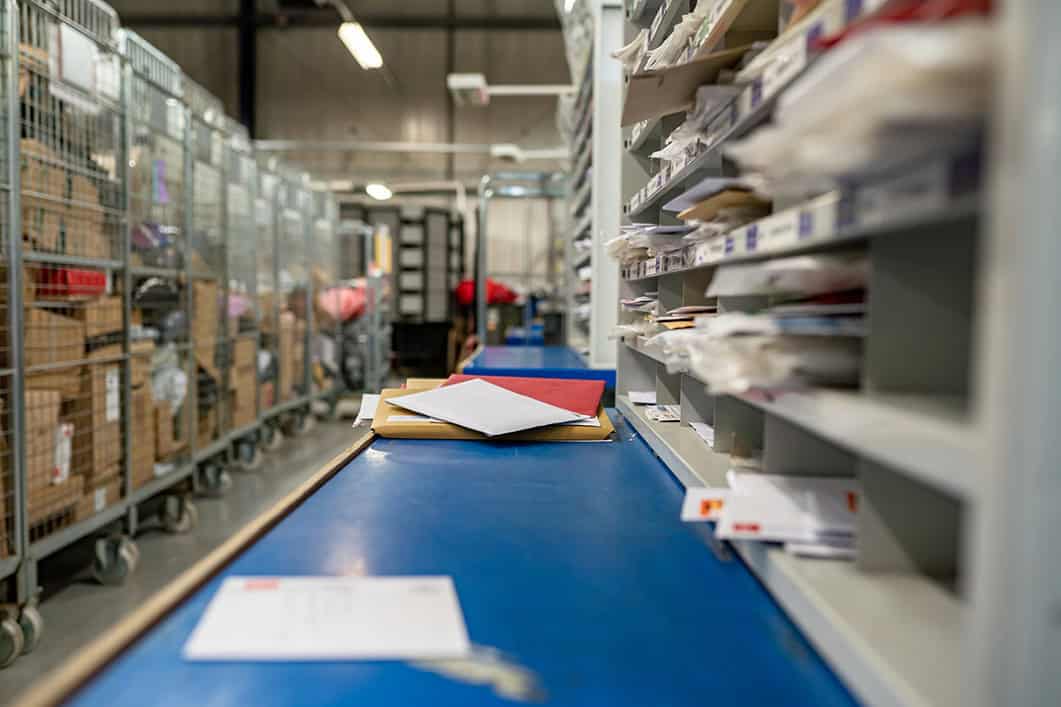
Over the past decade, organizations have seen a steady decline in physical mail volumes. The shift to digital communication—email, e-signatures, cloud storage, and online portals—has reduced the need for traditional mail processing. But while fewer envelopes may be passing through the door, mailroom operations remain an essential part of organizational infrastructure.
In fact, as volume decreases, the importance of precision, speed, and integration in mail handling increases.
The mailroom’s role has changed, not disappeared
Modern mailrooms aren’t what they used to be. The days of sorting endless trays of letters are giving way to smaller, more specialized workflows. Mailrooms today manage fewer items, but often those items are more sensitive, time-critical, or process-dependent than ever before.
Legal documents, ID verification materials, contracts, appeals, and compliance notices still move through physical channels. And even when the final destination is digital, the journey often begins with a piece of paper.
Why mailroom management still matters
Trends in mailroom modernization
Even with smaller footprints, mailroom operations are evolving in thoughtful ways:
Mailrooms are becoming part of larger digital transformation strategies—quietly but critically.
When managed well, the mailroom contributes directly to faster response times, improved service, and more efficient operations.
In government, healthcare, finance, and other sectors that still handle physical documents as part of regulated processes, mailroom management is more than a background task; it’s an operational backbone.
Mail volume is down, but the need for efficient, secure, and intelligent mailroom operations is not going away. Instead of being measured by how many pieces are processed, today’s mailrooms are measured by how well they support agility, compliance, and digital workflows. TDEC support for modern mailroom is about doing more with less as a strategy, not a constraint.